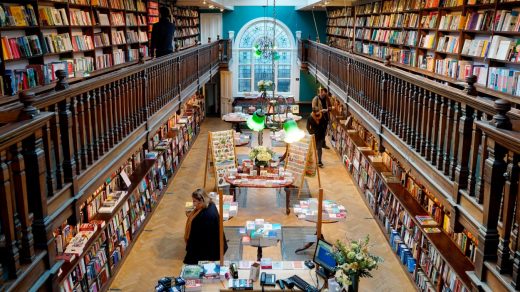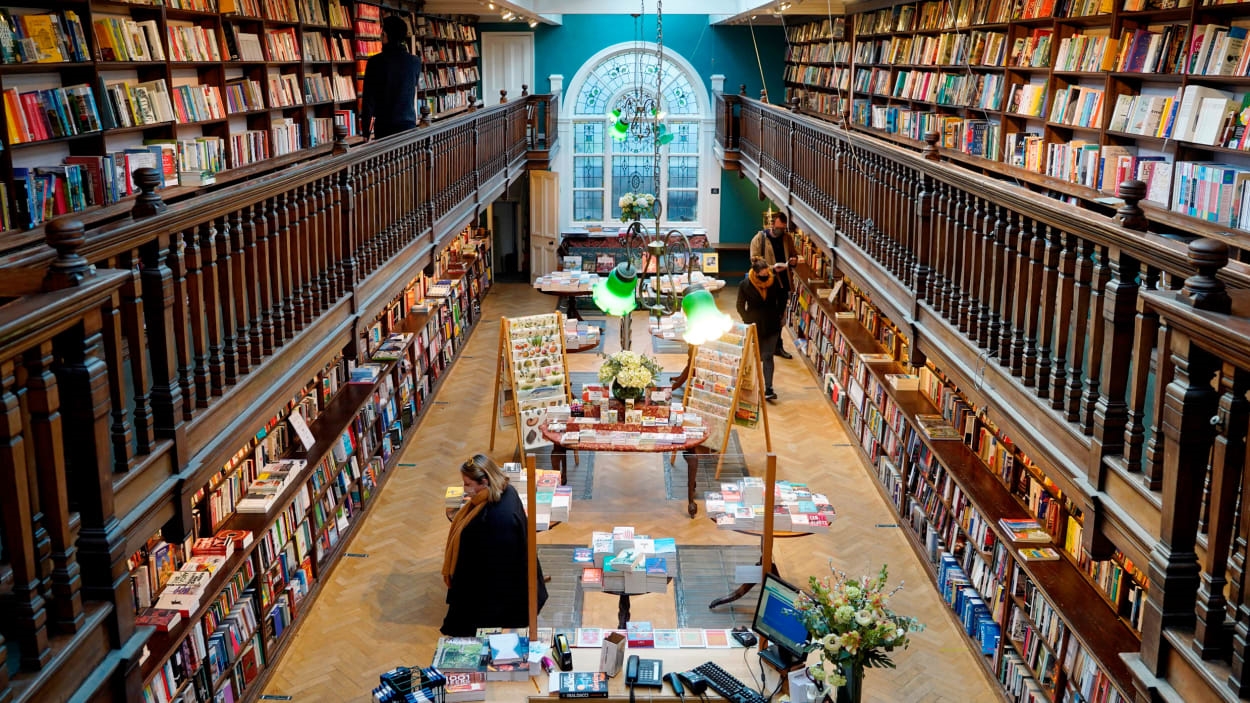Barnes & Noble is stealing the indie shop playbook, and it’s working
If you’re strolling down the Marylebone High Street in London, you’ll stumble across a popular bookstore called Daunt Books. Inside, sunlight pours through stained glass windows, dappling rows of books organized by country, rather than theme, to appeal to armchair travelers who want to explore the world through reading. “It’s how I like to read, personally,” says James Daunt, who opened the bookstore in 1990 when he was in his twenties. “But it muddles the books because you abandon traditional subject categories.”
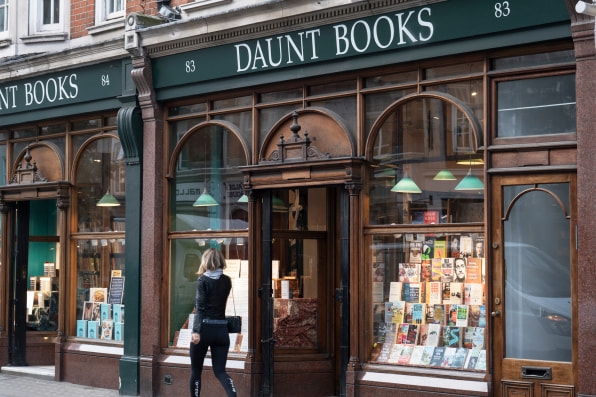
Daunt acknowledges that his approach to bookselling is unusual, and perhaps a little risky. But it’s been a hit. He went on to open five other Daunt Book locations across London, which have thrived over the past 33 years, even as Amazon has grown explosively, putting many bookstores out of business. A little over a decade ago, Daunt’s track record as an indie bookstore owner caught the eye of the world’s biggest booksellers, which were flailing.
In 2011, Daunt was brought in to fix Waterstones, Britain’s largest bookstore chain. It had been on a downward spiral since the Great Recession and further hit by the rise of Amazon’s e-book sales. But under Daunt’s watch as managing director, Waterstones became profitable in 2016 for the first time in nearly a decade. In 2019, he was appointed CEO of Barnes & Noble, where he has orchestrated a similar turnaround. (He still owns and operates Daunt Books alongside this new role.) This year, Barnes & Noble will open 30 new locations on top of the company’s existing 600.
Daunt has applied the lessons he’s learned over three decades as an indie bookseller to these corporate bookstore giants. He empowers booksellers at each location to curate books based on their own quirky, idiosyncratic tastes. It’s a strategy that leads to more engaged workers and more interesting stores, Daunt says.
And importantly, it’s one that Amazon has been unable to replicate, given how poorly its brick-and-mortar stores have performed. In a twist of fate, Barnes & Noble has moved into two shuttered Amazon Book locations in the Boston area, which the company says are doing “very well.” It’s now actively scouting other former Amazon locations to move into.
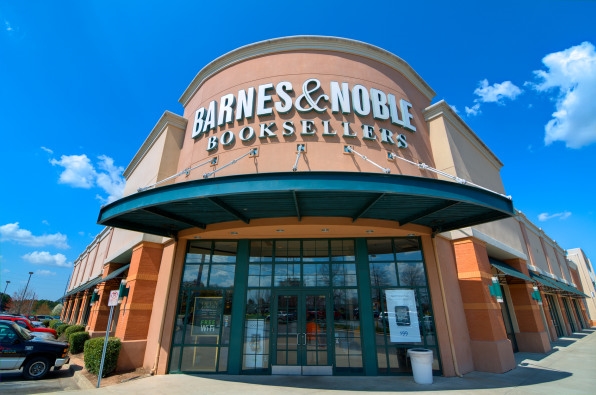
The Rise of the Megabookstore
For centuries, the neighborhood bookstore has had a sacred place in culture. Bibliophiles could gather there and find their tribe; booksellers could share their favorite new titles with an eager audience. But starting in the ’90s, the indie bookstore appeared to be under threat, first from the large corporate chains, then from the growing specter of Amazon. And Big Bookstore did, in fact, obliterate many indie bookshops: Between 2001 and 2008, 1,000 of them closed in the U.S., the steepest decline in decades.
Daunt watched all of this play out. When he opened Daunt Books in 1990, bookstore chains like Waterstones, Ottakar’s, and Dillons were steadily expanding in the United Kingdom. In the United States, Borders was opening hundreds of stores in the late ’90s, and Barnes & Noble launched superstores with enormous footprints, allowing it to control a quarter of the country’s bookstore market. On top of their scale, Daunt says the chains pushed to get rid of fixed pricing, so they could sell books at lower prices, knowing they could afford the lower margins because they sold at larger volumes than indie bookstores.
But Daunt also believed that independent bookstores offered a fundamentally different experience than their larger counterparts because they reflected the unique personality of their booksellers as well as the particular tastes of a community. This is why Daunt refused to change the model of Daunt Books. He has never offered sci-fi books, for instance, because they don’t fit into the store’s rubric of organizing titles by country. “The general principle is whatever you choose to do, do it well,” he says. “If you haven’t got the space to do it well, don’t do it at all.”
He believes that this philosophy saved his bookstore and helped it to grow, despite incursions from the chains. His customers were looking to browse new books recommended by the booksellers that they would never have discovered otherwise. Some indie bookshops tried to compete with their larger counterparts by offering a larger selection of books or slashing their prices. But this was always a losing proposition because the big chains would always win.
Allison Hill, CEO the American Booksellers Association, which represents independent bookstores in the United States, says that indie bookstores have always thrived when they have focused on their strengths, rather than trying to be something else. “Part of the value of the independent bookstore has always been community,” she says. “You shop there for the authentic relationships, the personal recommendations, and the gathering space they offer.”
As Amazon grew throughout the ’90s and 2000s, its online inventory included practically every book on the market. Even the chain bookstores—no matter how big their footprint—couldn’t compete with Amazon’s comprehensive range of titles, which could be shipped quickly. This is partly why Waterstone’s and Barnes & Noble began to struggle over the past decade and a half. “It was hard to move away from the philosophy of squeezing the maximum number of titles in the store,” Daunt says. “And then Amazon sprung up and did it better than they could, but they didn’t change their model.”
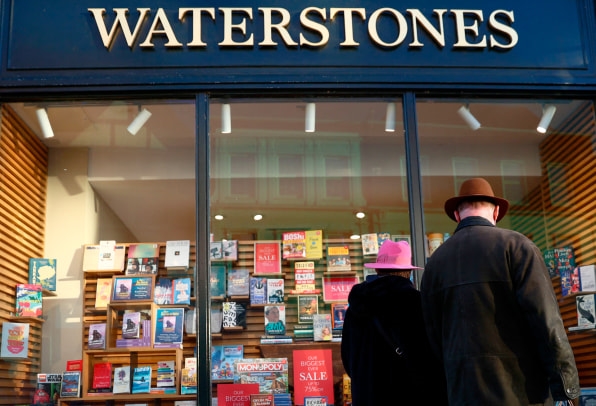
Daunt’s Indie Playbook
Since Daunt joined Barnes & Noble as CEO, he’s been on a mission to change the company’s model towards more curation. He joined right before the pandemic hit and the entire fleet of 600 stores had to shutter. But Daunt decided not to lay off any booksellers, whom he viewed as the company’s most precious resource. Instead, he took advantage of the closures to redesign stores, inviting local booksellers to provide feedback.
Often, this means totally changing the store’s inventory. In the past, when the company had a centralized inventory system, smaller stores would have a watered down selection of what was available at the bigger stores. In a 30,000-foot store, for instance, there would be a robust home repair section, but in a smaller store, there would be half a shelf of home repair books. “Half a shelf is useless,” Daunt says. “Forget about trying to have every book. Instead, focus on particular subjects and curate the very best.”
Curating books for each store involves relying on booksellers to know what kind of people visit each location, like whether high schoolers stop by after classes or if there are families with young kids nearby. The company still stocks books based on how well they’ve performed nationally, prominently featuring bestsellers like Lessons in Chemistry and the Percy Jackson series. But Daunt also wants to empower booksellers to pick books based on their own particular tastes. If someone is interested in historical fiction or manga, they’re invited to develop a good selection of books in that category. Daunt says that often, these booksellers’ picks drive readers towards lesser-known books. “It has shifted from a commercially oriented selection of predictable bestsellers to something much more dynamic, much more driven by individual passions within bookshops,” he says. “If you leave booksellers alone, they’re very good at choosing books they think they can sell.”
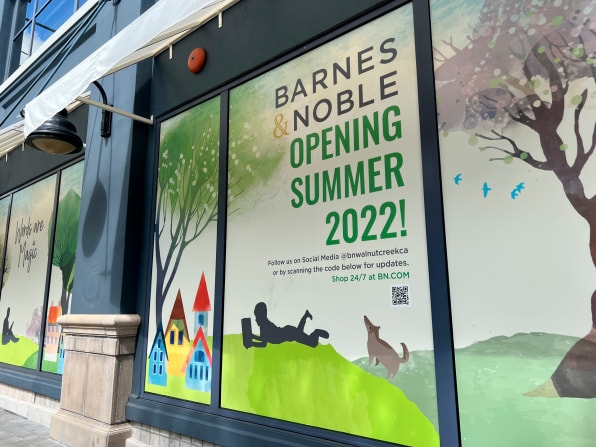
When stores reopened after the pandemic, consumers flocked back to bookstores, eager to get out of the house and survive their newfound solitude through reading. This created new energy in the bookstore industry. More than 450 independent bookstores have sprouted up since January 2020, according to the American Booksellers Association. And many indie booksellers say their sales are up compared to before the pandemic. “We’re seen a renaissance in reading,” Hill says. “Communities began to understand how important it was to rally around their local businesses if they wanted to preserve their neighborhoods.”
Barnes & Noble also thrived. It’s no longer a public company, so it doesn’t disclose its financials, but the company says new stores are doing “very well” and the chain is expanding rapidly. (Barnes & Noble was taken private for $683 million by private equity firm Elliott Management in 2020.)
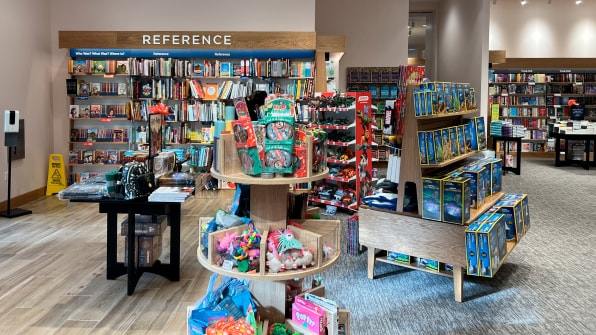
Hill isn’t particularly concerned about Barnes & Noble borrowing from the strategies of indie booksellers, partly because she’s not sure a big chain store can ever fully replicate the magic of a small, local bookstore. “Independent bookstores are growing and innovating,” Hill says. “They’re continuing to offer a unique value proposition that is more valuable than ever to the communities that they serve. I think it’s impossible to authentically replicate them.”
After all the turbulence in his industry over the past three decades, Daunt has come to the conclusion that Amazon was never really the long-term threat indie booksellers assumed it would be. For one thing, Amazon relies on algorithms, rather than tastemakers, to sell books. It will continue to be the place people will go when they already have a book in mind. But Amazon hasn’t proven itself to be skilled at creating good in-store experiences; its sales in physical stores have declined since 2018.
But perhaps more importantly, Daunt believes that booksellers of all kinds, from Amazon to your local bookshop, can actually increase overall book buying. The key to success, he believes, is for booksellers to understand their strengths and focus on what they do best.
“There’s always been this simplistic notion that the book market is fixed,” Daunt says. “It isn’t; it’s very elastic. Yes, Amazon does steal sales, but it also expands the overall market. For us, it means that we don’t have to sell boring books anymore, like technical manuals on how to wire electrical systems in your house. If you need to get that book from Amazon, that’s fine by me.”
(20)

